

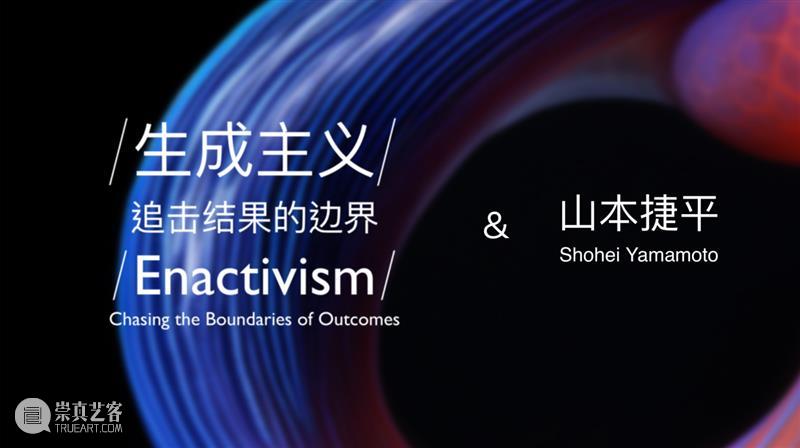

山本捷平(Shohei Yamamoto)的创作理念同本次展览中的史蒂文·歌立德(Stephen Gleadow)有着某种类似的地方:即一种对物之敏感以及由图像重复叠加所透析出的某种历史本体论。这份“共鸣” 也体现在两位艺术家一次私下无意间的交谈当中。从创作主体性视角来说,山本捷平使用Photoshop等图像编辑软件来模拟制作过程,然后用自制的滚筒道具来重复图标和古典雕像作品中的图案。通过自制的滚筒进行强制性模拟重复,山本捷平将图像和符号的重复过程呈现在画面中,并制造了一种数字复制时代无法创造出的“光晕”(aura),即偶然性和差异的可能。当滚筒在画面上产生不断重复和强化的作用时,便制造了一种不断衰退的信号和渐弱的“噪音”。
从创作题材来说,山本围绕着两个层面展开探索,从早期的“重复” 再到近期的“模拟”,在不断利用各种媒介的“替身”作用下,逐渐形成了他的创作结构。“重复”是山本捷平早期最常用的策略,同时构成了山本捷平绘画的形式以及美学语言,并由此诠释了他所理解的历史本身。在早期的系列作品——线条、人物和神话等不同的系列中,山本捷平从技术层面上诠释了多种重复的创作手段,并在多种媒介交织尝试的基础上主动介入媒介间性(intermediationality)的问题意识。比如在《神话人物上的方解石笔刷》系列中,山本捷平使用了混有方解石的颜料,这些方解石凝结着一种地质时间,里面蕴含着物质的生死轮回,体现了日本文化中的物质和时间哲学。它们在画布表面形成了凹凸不平的纹理。在笔触与笔触之间,透露出雕塑的一些图案,由此创造出近似于抽象的效果。另外在《重述-无理由的反叛》及《重述-枕边诗》等作品中,基于同样的创作手法,他将抽象的线条转变为具象的卡通或人物形象,如初代奥特曼以及浮世绘元素,并利用这些带有文化符号特征的图像通过重复的形式,从而介入到自身文化的历史语境之中。自2024年伊始,山本捷平开始将创作实践的维度转向媒介间“模拟”的方式,并将视角拉回到摄影和绘画之间的关系议题中。他将古典雕塑或风景的照片置于数字暗房之中,以数字笔触模拟油画的效果;待图像转印到油画布上之后,再用透明的凝胶,为其表面绘制一层物质性的笔触。作品经过了两次模拟之后,制造出类似油画笔触以及油光的效果,由此制造了视差下的“拟像”。
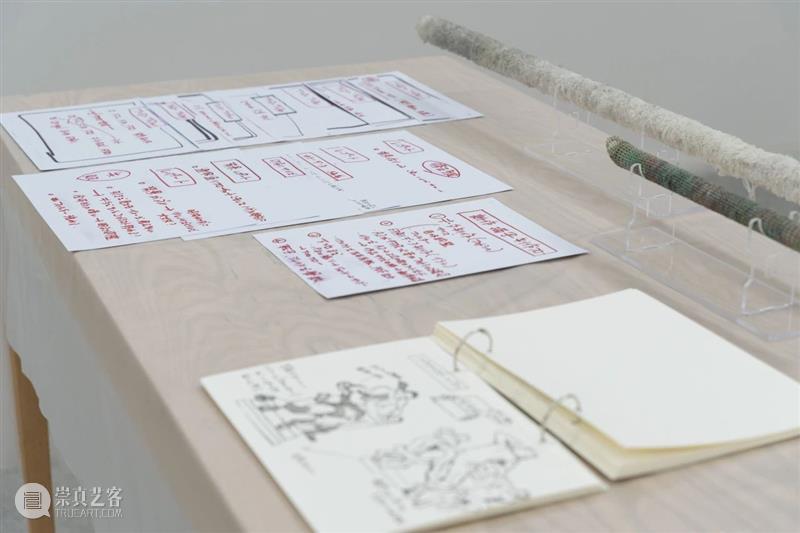
生成主义-追击结果的边界 山本捷平 展览现场
山本捷平的创作建立在一种“绵延”的状态,即从历史文脉中找寻图像的“碎片”,图层以某种内在时间的形式不断重复叠加着,并在媒介间性的作用下创造了可以孵化“生成式”的内在条件。山本的创作并非制造一种单一性的机械重复,而恰恰在于在重复中缔造差异性,而差异本身便处于流变且无法预设的状态。这些生成的线索,我们不妨从作品那些“噪音”中找寻某种生成秩序的裂缝,那些物质性的笔触,那些图像在重复中随着色彩渐进所缔造的某种细微的差异都成为山本所追求的那种重复中的“变量”,这份重复中的“变量”,便成为了他的作品得以不断生成的DNA。当然山本并未仅仅将自己的工作方法归结为“生成主义”,而是将个体感受和体验本身纳入到更大的生成秩序当中,毕竟我们现在感受到的所有现象都在持续生成之中。
撰文:狄思奇
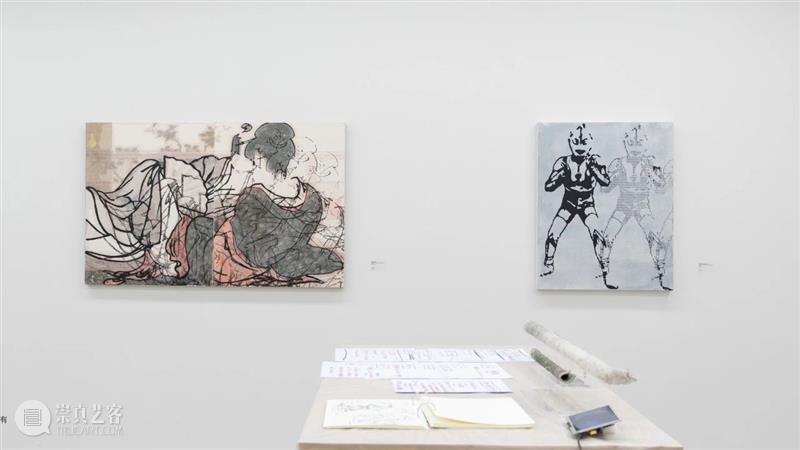
生成主义-追击结果的边界 山本捷平 展览现场
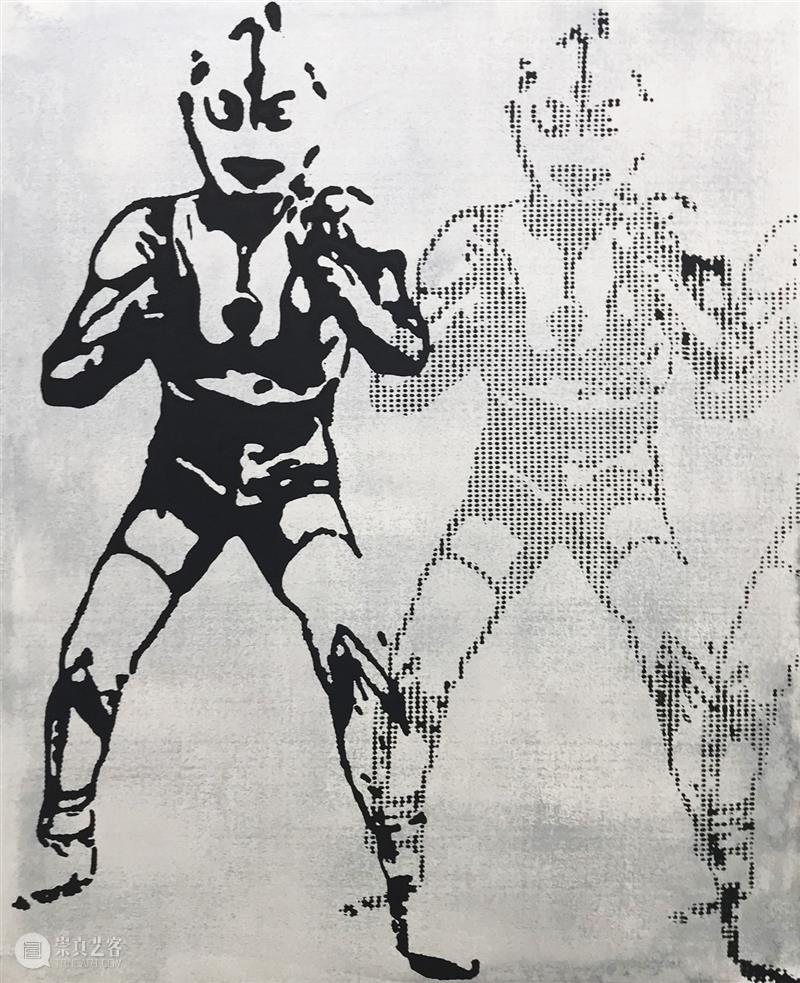
Reiterate - Rebel without a Cause - II 72.7×91cm Acrylic on cotton 2023

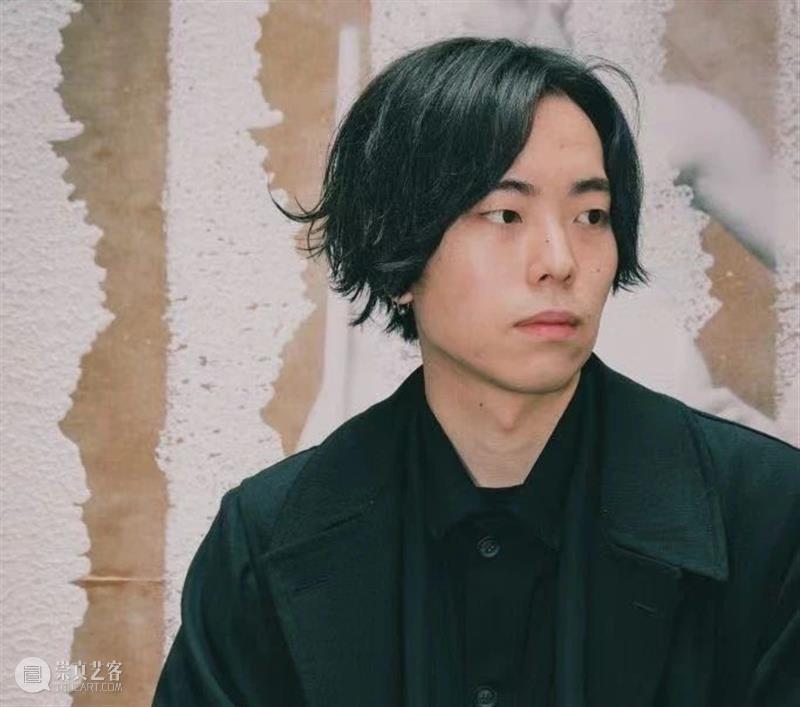
山本捷平(Shohei Yamamoto),1994年出生于日本神奈川县。2019年毕业于京都艺术大学,获美术与应用艺术专业硕士学位;2017毕业于京都艺术大学美术系。曾获奖项奖项“东京丸之内,法国驻日大使馆艺术奖”(2019)。
近年展览包括:替身术,Click Ten Gallery,北京,中国(2024);方解石神话:希腊美人,银座Tsutaya,东京,日本(2022);方解石:神话,藤崎律树画廊,东京,日本(2022);回复:重申,日本东京法语研究所(2022);什么是“实体”,梅德画廊,树,东京,日本,(2019)。

Q=Click Ten gallery
A=山本捷平
Q:如何看待“生成”?是否认为自己的工作方式可以被归纳进 “生成主义”?
A:在面对现代艺术时不能忽视生成。因为艺术从对世界精巧的模仿变成了智力游戏的结构,所以我们艺术家应该专注于如何创作,而不是创作什么样的东西。这些在我们的人生中也有共同点。例如,包括人类在内的动物都是注定要死的。但是我们不能只是悲观,还要重视如何生活。另外,不要将自己的工作方法归纳为“生成主义”,而是认为我们现在感受到的所有现象都在持续生成中。
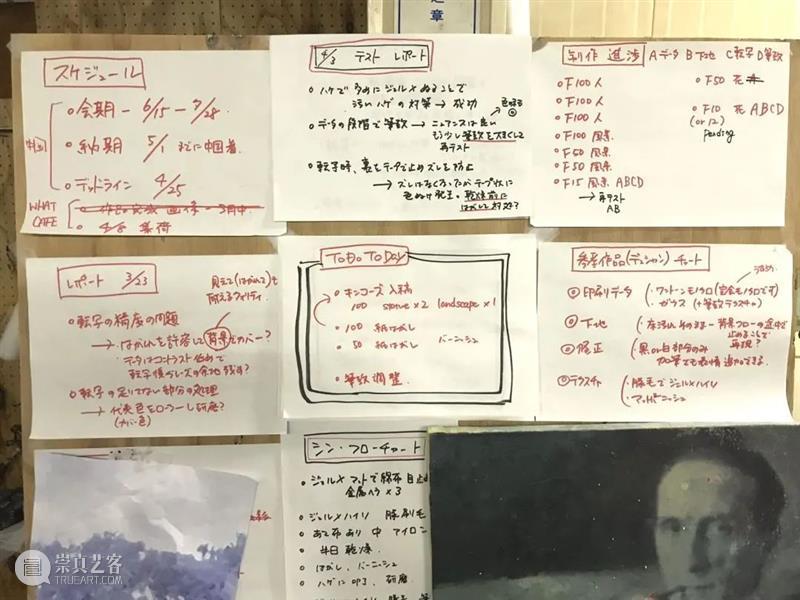
山本捷平工作室现场(艺术家本人提供)
Q:艺术家如何处理工作中产生的失败品或废品 。
A:对我来说不存在失败品和废品,只存在于选择适合展示的东西。即使现阶段被认为是“失败”的作品,也有成为将来优秀作品的可能性。实际上,我现在正在使用的技术,也是大学时代认为失败的技术。
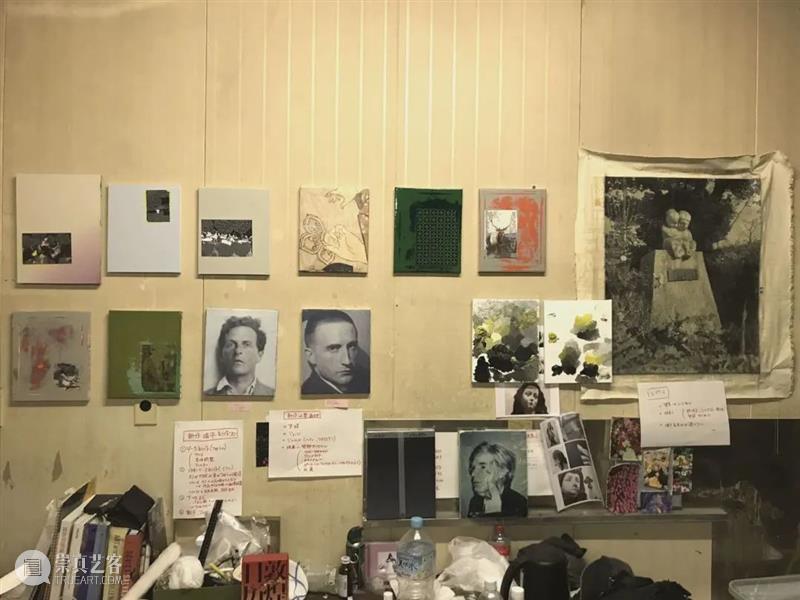
山本捷平工作室现场(艺术家本人提供)
Q:艺术家如何看待工作的结果是什么。
A:这次展出的新作品是我结合过去使用过的技术制作的。但是,为了确保视觉效果的完美,我必须进行大量的测试。例如,转印前的背景处理,或图像表面材料的粘度。直到截稿前的最后一刻,我还必须对图像的颜色进行细致的调整,以提高完美度。因此,我认为自己创作出了一件超出预期的好作品,但我也期待着今后继续创作这一系列作品,从而取得进一步的发展。在内容方面,我觉得我将过去很少谈及的个人历史融入到了作品中,从而拓宽了我的创作范围。
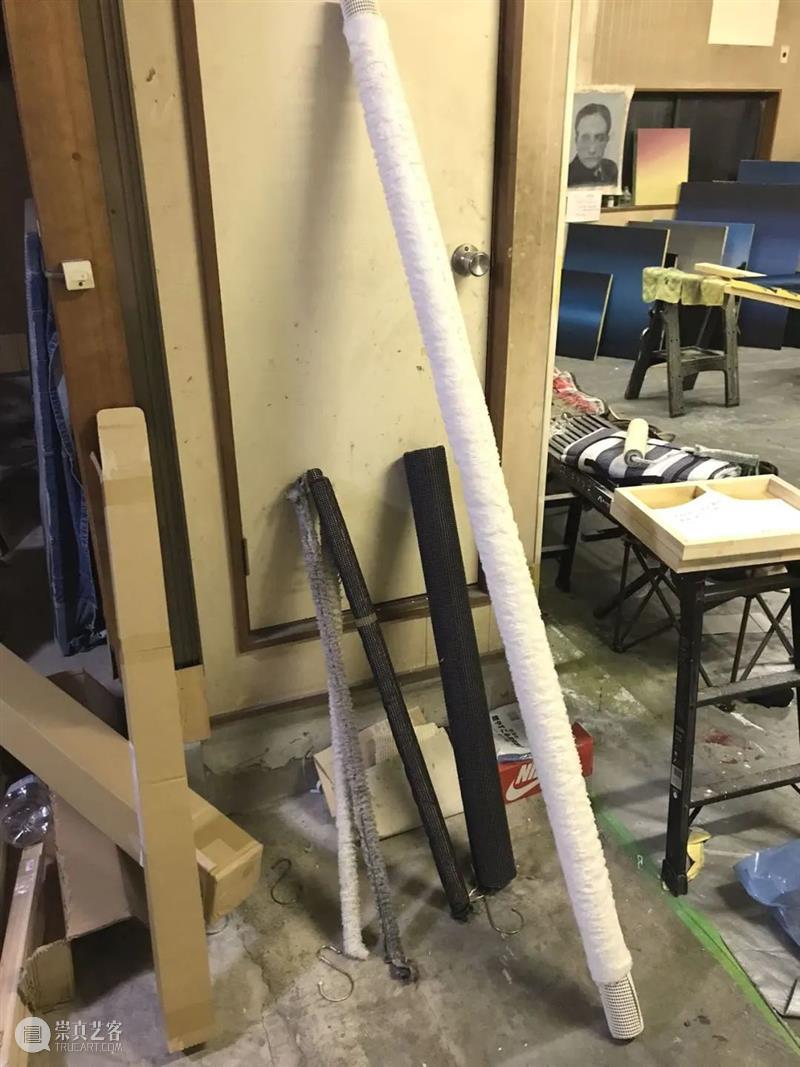
山本捷平工作室现场(艺术家本人提供)
Q:艺术家在工作中使用何种技术工具或物理工具。
A:
1.手工滚筒:将任何类型的织物缝在PVC管上制成,主要包括表面为5 毫米凸起的织物材料或胶性抗震材料。
2.金属刮刀。
3.版画中用的竹皮刷、刮刀等一起使用,最终将印刷物转印到画布上。
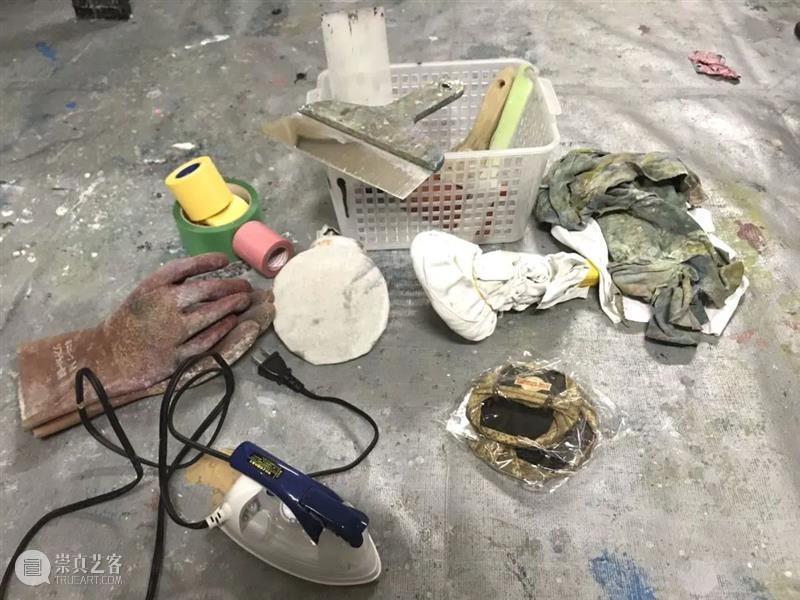
山本捷平工作室现场(艺术家本人提供)
Q:艺术家工作中使用的材料来源于哪里?
A:
1. 通过调整丙烯颜料中的胶性材料和颜色材料的配比方法,用滚筒产生的图像本身无法完全控制,但可以根据改变颜料的粘度来控制重复的量。
2. 《Calcite on Myth》中使用了方解石(方解石是碎大理石)。
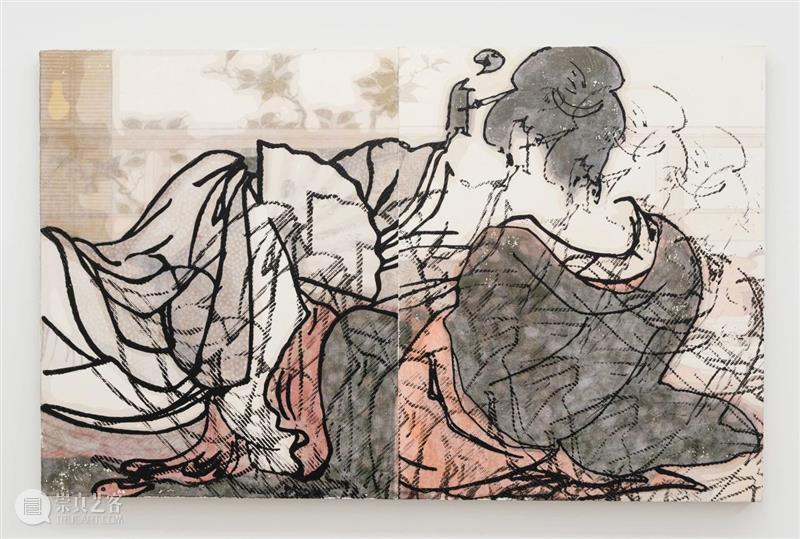
Reiterate - Poem of the Pillow 91×145cm Acrylic on linen 2021
编辑:穆涵


/ 生成主义 /
追击结果的边界
/ Enactivism /
Chasing the Boundaries of Outcomes
2024.7.13-2024.8.20
Click Ten Gallery
北京市朝阳区798艺术区内706北路东
706 North Road East, 798 Art Zone, Chaoyang District, Beijing


Click Ten Gallery 创立于2020年,位于北京798艺术区,是一家兼备艺术机构属性的商业画廊。我们致力于挖掘国内新一代艺术家的同时放眼全球,期望将国外优秀艺术家推广到中国。与此同时,我们也希望与艺术家、策展人、学者、收藏家紧密联络,通过实体空间和专业团队构建工作系统,共同探索中国当代艺术的多元未来。
Founded in 2020 in the 798 Art District, Beijing, Click Ten Gallery is a commercial gallery and art foundation. We focus on discovering a new generation of Chinese artists with a global vision and introducing outstanding international artists to China. We also hope to closely connect with artists, curators, scholars, and collectors, building a working system through a physical space and a professional team to explore the diverse future of contemporary Chinese art.
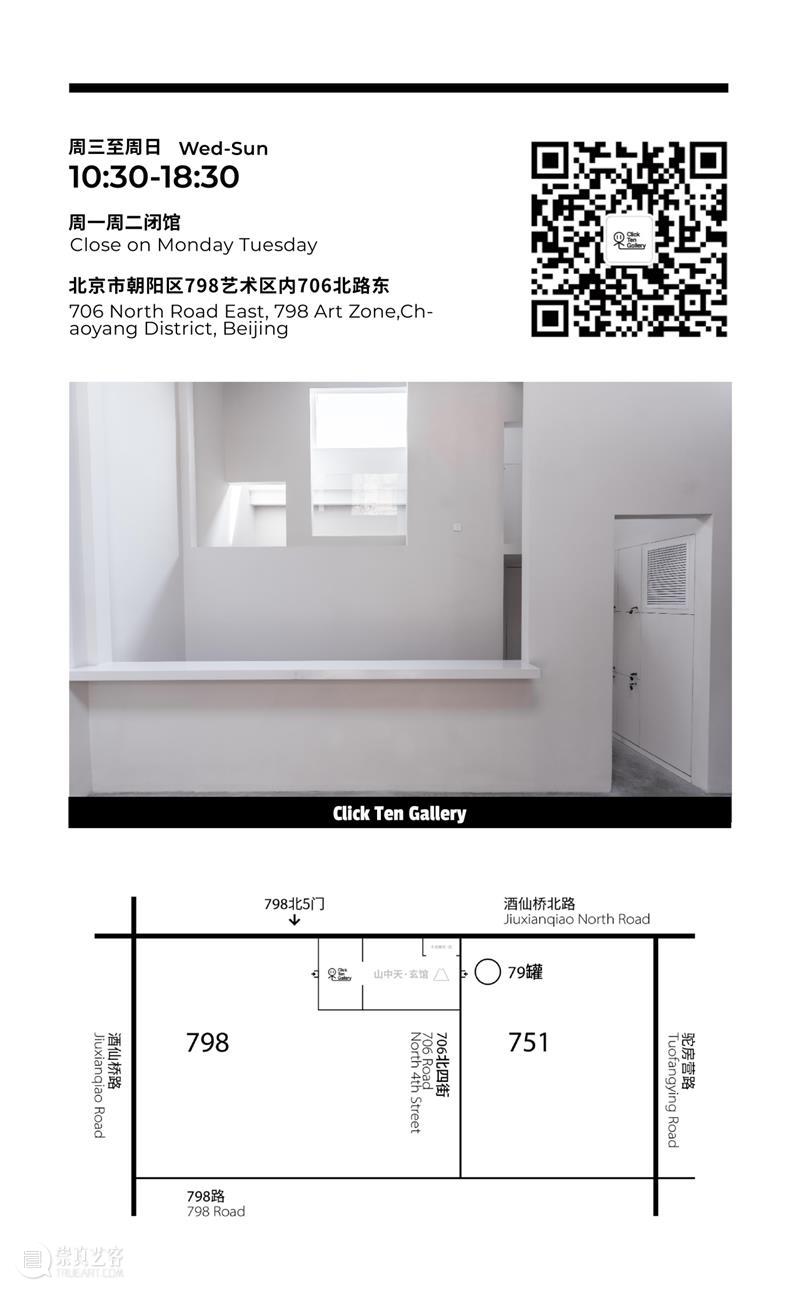


已展示全部
更多功能等你开启...





 分享
分享